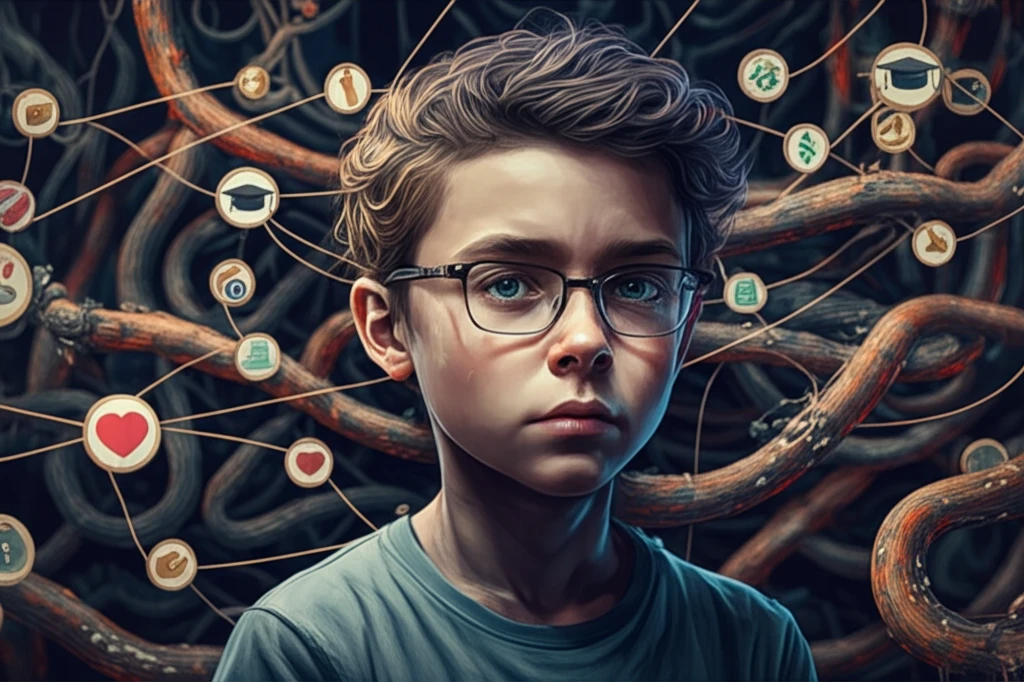
Are Your Choices Really Yours? Unveiling the Hidden Influences on Decision-Making
"Dive into the fascinating world of entangled choices and discover how your decisions might be shaped by more than just your own preferences."
We make countless choices every day, from the mundane to the life-altering. We often assume these decisions are solely our own, driven by our individual preferences and assessments. But what if our choices aren't as independent as we think? What if hidden influences are subtly shaping our decision-making processes, leading us down paths we wouldn't consciously choose?
The concept of 'entangled choices' suggests that our decisions can be intertwined with those of others in unexpected ways. This doesn't necessarily imply direct communication or collusion. Instead, it points to more subtle mechanisms, where our choices are correlated through shared environments, common information, or even unconscious biases. Understanding these influences is crucial for gaining greater control over our lives and making choices that truly reflect our desires.
This article delves into the fascinating world of entangled choices, drawing on recent research to explore how our decisions can be influenced by factors we may not even be aware of. We'll examine the conditions under which choices become entangled, discuss the implications for our autonomy, and offer practical tools for distinguishing between genuine preferences and subtle manipulations.
What Exactly Are Entangled Choices?

Imagine two friends, Frodo and Sam, facing similar choices but in separate rooms. If their decisions are purely independent, their choices would only correlate based on their individual preferences. However, entangled choices occur when their decisions correlate in ways that cannot be explained by their individual preferences alone. It's as if an invisible thread connects their choices, leading them to act in concert even without direct communication.
- Shared Information: Exposure to the same news, opinions, or advertisements.
- Social Influence: Peer pressure, conformity, or the desire to fit in.
- Common Biases: Unconscious prejudices or stereotypes that shape our perceptions.
- Algorithmic Manipulation: Personalized recommendations that steer us towards specific choices.
Reclaiming Your Autonomy in a World of Entangled Choices
The concept of entangled choices may seem unsettling, but it also offers a powerful opportunity for self-improvement. By becoming aware of the hidden influences that shape our decisions, we can take steps to reclaim our autonomy and make choices that truly reflect our authentic selves. This involves cultivating critical thinking skills, seeking out diverse perspectives, and being mindful of the subtle ways our choices can be manipulated. Ultimately, the goal is to become more conscious consumers, more informed citizens, and more self-directed individuals.
